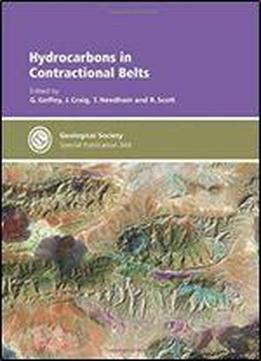
Hydrocarbons In Contractional Belts - Special Publication 348
by G P Goffey /
2010 / English / PDF
10 MB Download
Onshore fold-thrust belts are commonly perceived as 'difficult' places to explore for hydrocarbons and are therefore often avoided. However, these belts host large oil and gas fields and so these barriers to effective exploration mean that substantial unexploited resources may remain. Over time, evaluation techniques have improved. It is possible in certain circumstances to achieve good 3D seismic data. Structural restoration techniques have moved into the 3D domain and increasingly sophisticated palaeo-thermal indicators allow better modelling of burial and uplift evolution of source and reservoirs. Awareness of the influence of pre-thrust structure and stratigraphy and of hybrid thick and thin-skinned deformation styles is augmenting the simplistic geometric models employed in earlier exploration. But progress is a slow, expensive and iterative process. Industry and academia need to collaborate in order to develop and continually improve the necessary understanding of subsurface geometries, reservoir and charge evolution and timing this publication offers papers on specific techniques, outcrop and field case studies.
The Geological Society of London
Founded in 1807, the Geological Society of London is the oldest geological society in the world, and one of the largest publishers in the Earth sciences.
The Society publishes a wide range of high-quality peer-reviewed titles for academics and professionals working in the geosciences, and enjoys an enviable international reputation for the quality of its work.
The many areas in which we publish in include:
-Petroleum geology
-Tectonics, structural geology and geodynamics
-Stratigraphy, sedimentology and paleontology
-Volcanology, magmatic studies and geochemistry
-Remote sensing
-History of geology
-Regional geology guides











